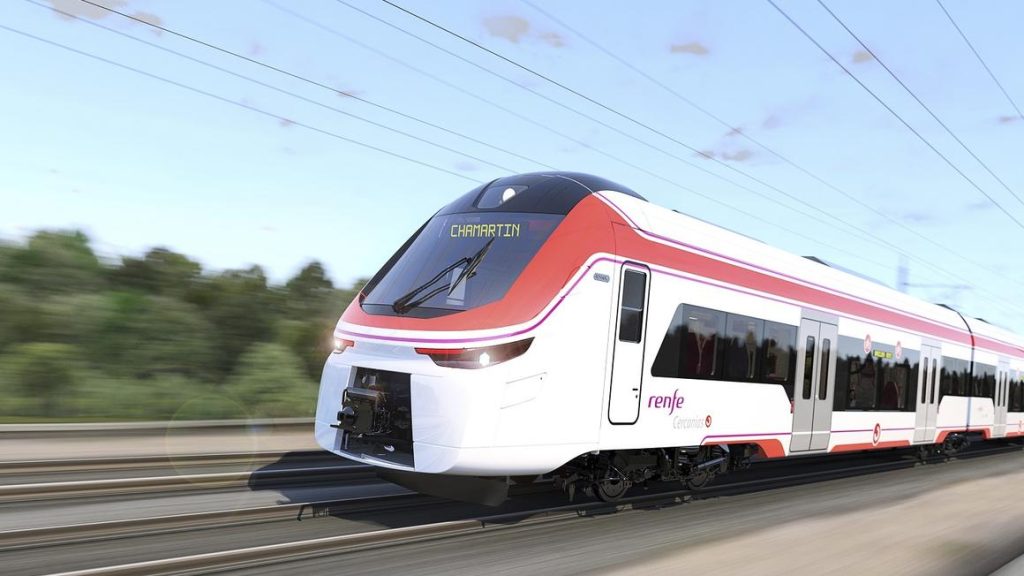 Renfe awarded Alstom a EUR 370 million contract for the supply 49 additional Coradia Stream high-capacity trains which will supplement the 152 trains already ordered in March 2021.
Renfe awarded Alstom a EUR 370 million contract for the supply 49 additional Coradia Stream high-capacity trains which will supplement the 152 trains already ordered in March 2021.
The two orders have a value of EUR 1.8 billion and cover the delivery of 201 trains, including supply of spare parts and the maintenance of 56 of the trains for 15 years.
All the new trains will be manufactured at Alstom’s manufacturing site in Santa Perpetua, Barcelona currently undergoing an unprecedented investment and digitalisation plan, which includes the creation of the biggest automatised workshop within the Alstom Group.
“In a few short years, we will see these trains running in our cities, but their social, environmental and economic impact is already a reality,” said Leopoldo Maestu, Managing Director of Alstom Spain and Portugal.
The new trains will each be 100 metres long and have a total capacity of 900 passengers. They boast an innovative mixed-configuration design, with both single and double-deck cars, designed specifically to meet the evolving mobility needs of major urban centres. The Coradia Stream high-capacity trains will allow Renfe to transport at least 20% more passengers per hour through the country’s busiest railway hubs, including Madrid and Barcelona.
The design of the new trains enables maximum capacity for passengers, thanks to innovative interior configuration and flexible spaces. Numerous access doors and large distribution halls facilitate the entry and exit of passengers, allowing a decrease in station stop times. The trains offer universal accessibility, Wi-Fi connectivity and dedicated areas for bicycles and pushchairs. Alstom’s proven technology also expands availability and line usage via more efficient traction systems and the latest generation of train control technology.
Fully developed in line with eco-design criteria, from the raw materials selection to traction systems, all the new trains for Renfe will be a benchmark in sustainable operations, thanks to optimal energy efficiency during operation and a recyclability rate of over 98% at the end of its service life.
Share on:



